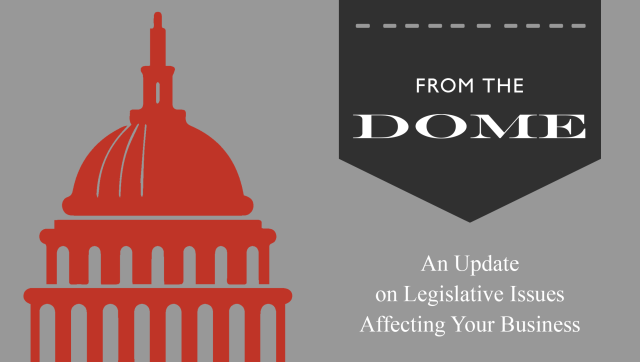 The Minnesota Legislature is currently considering a new statewide requirement which would impose a payroll tax on employers and employees in Minnesota to fund a new paid leave entitlement. Greater Mankato Growth strives to keep our businesses up-to-speed on key issues at the Legislature so that they can weigh-in and be their own best advocate. This paid leave issue is one that every business is going to want to take a look at. Check out our elected officials contact page so you can weigh-in with our local legislators with your thoughts.
The Minnesota Legislature is currently considering a new statewide requirement which would impose a payroll tax on employers and employees in Minnesota to fund a new paid leave entitlement. Greater Mankato Growth strives to keep our businesses up-to-speed on key issues at the Legislature so that they can weigh-in and be their own best advocate. This paid leave issue is one that every business is going to want to take a look at. Check out our elected officials contact page so you can weigh-in with our local legislators with your thoughts.
Below is a summary of the proposal by the Minnesota Chamber.
SF 2558 authored by Senator Sieben would:
- Apply to employers with 21 or more employees.
- Impose a 0.27% payroll tax on employers and another 0.27% payroll tax on employees. (As an example, a 0.27% payroll tax for an employee making the average annual Minnesota wage of $51,376 would be $139.)
- Create a brand-new state-run trust fund paid for with the payroll tax. Using the unemployment insurance program as a guide, the paid leave program would likely require 400 state employees and cost more than $100 million/year in administrative costs.
- Employees could draw on the fund for a total of up to 12 weeks/year to cover family care leave, bonding leave, or pregnancy leave.
- Employers could opt-out only if they prove to the state that they provide the same level of benefits. Employers would have to retain their records for four years and be subject to an audit.
- While an employee is on leave, the state-run fund would replace his/her wages on a graduated basis. For an employee’s wages between $0/week and $494/week, the state would replace 80%. For wages between $494/week and $988/week, the state would replace 66%. For wages above $988, the state would replace 55%.
This benefit would go well beyond federal Family Medical Leave Act requirements and national norms. If enacted, it would be the most far-reaching paid leave proposal in the country. Only a handful of other states have mandated paid leave plans, and this proposal would be more expensive in a variety of ways. In those other states, the family leave program replaces 55%-66% of an employee’s wages for 4-6 weeks. Disability programs with longer leave periods tend to have programs funded 100% by employee contributions. Those states built their programs on existing state operated disability insurance programs, which Minnesota does not have.




